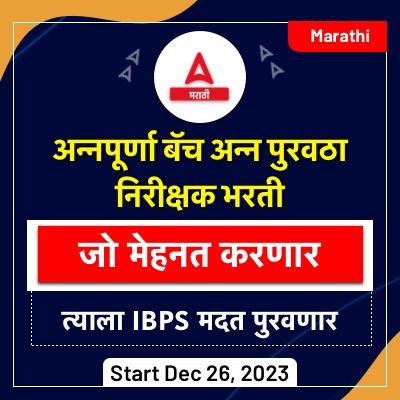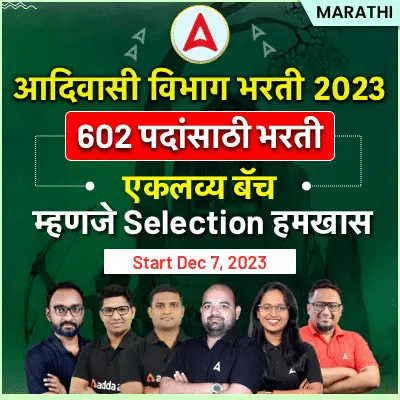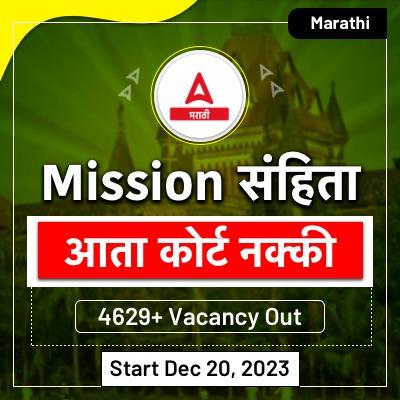From warp speed to reset, the state of India-U.S. ties
(The Hindu, 11/06/24)
It has been one year since PM Modi visited USA that marked by many such announcements of strategic and high-tech cooperation, with the U.S.-India initiative on Critical and Emerging Technology (iCET)
What are the positive aspects of India-U.S. relations in the last decade?
- Increased strategic trust and cooperation on various issues like climate change, critical technologies, and space exploration.
- Conclusion of foundational defense agreements and growing military exercises.
- De-hyphenation of U.S. ties with Pakistan and a shared concern over China’s aggression.
What are the challenges in India-U.S. relations?
- Differences in approach to global conflicts like the Russia-Ukraine war.
- Delays in the progress of iCET (India-U.S. Initiative on Critical and Emerging Technologies) due to logistical issues and the U.S. election cycle.
- Strained ties between diplomatic missions due to comments on human rights and internal politics.
- The unresolved issue of the alleged assassination plot of Khalistani separatist allegedly involving Indian officials in the U.S.
What are the upcoming opportunities and uncertainties?
- The possibility of a meeting between Prime Minister Modi and President Biden and the visit of U.S. National Security Advisor for iCET review.
- Potential impact of the U.S. elections on the relationship, with a possible win by Donald Trump introducing new challenges.
Why is a strong India-US relationship significant in the current global scenario?
- A close partnership between India and the US is critical for maintaining a balance of power in the Indo-Pacific region.
- China’s growing military and economic influence necessitates cooperation to ensure regional stability, freedom of navigation in international waters, and adherence to international rules-based order
- India and the US can work together to address pressing global issues like climate change, counterterrorism, nuclear non-proliferation, and public health threats. Their combined scientific and technological prowess can lead to innovative solutions.
Can you answer the following question?
Critically examine the significance of India-US relations in the current global scenario. Discuss the challenges and opportunities for further strengthening this partnership.
Water Scarcity & Management
Several parts of the country are facing severe water shortages this summer due to reduced river flows and falling water tables. Cities like Bengaluru and Delhi are facing water emergencies, leading to disputes over water allocation.
How has water scarcity ignited federal tensions in Delhi?
- Delhi government moved the Supreme Court, seeking an increased share of the Yamuna’s waters.
- In response, on June 6, the Court asked Himachal Pradesh to release 137 cusecs of water. It also directed Haryana to facilitate the flow of this water to the NCR.
- However, Delhi government has complained that the neighbouring state is not complying with the directive.
- while Haryana contends that water is “getting evaporated” in transit.
What are some of the government measures to deal with water scarcity?
- National Water Policy (2012): This policy emphasizes integrated water resource management, improving water use efficiency, and promoting conservation.
- Jal Shakti Abhiyan (JSA): Launched in 2019, this mission-mode campaign emphasizes rainwater harvesting under the slogan “Catch the rain, where it falls, when it falls”. It encourages communities to create storage structures during the monsoon season.
- Atal Bhujal Yojana (ABY): This scheme aims to improve groundwater management through community participation. It focuses on water stressed areas and uses financial and technical assistance to promote sustainable groundwater usage.
- Jal Jeevan Mission (JJM): This flagship program aims to provide safe piped drinking water to every rural household by 2024. It focuses on infrastructure development to improve water delivery systems.
- Pradhan Mantri Krishi Sinchayee Yojana (PMKSY): This scheme focuses on expanding irrigation coverage, improving water use efficiency, and promoting micro-irrigation techniques like drip and sprinkler systems.
- National Aquifer Mapping and Management Program (NAQUIM): This program aims to map and manage aquifers, which are crucial for groundwater management.
- Interlinking of Rivers: The government has proposed interlinking of rivers to transfer water from surplus areas to deficit regions, but this ambitious project has faced challenges and controversies
What are the limitations with government approach in dealing with water-scarcity?
India’s approach to water scarcity has historically focused on augmenting supply side parameters. This involved building large-scale irrigation projects, dams, and canals to capture and distribute river water. However, this focus on supply-side solutions has limitations:
- Implementation challenges: Rolling out large-scale initiatives across diverse geographical regions with varying capacities can be slow and complex.
- Sustainability: Over-reliance on surface water sources puts stress on rivers and ecosystems. Additionally, groundwater extraction has been largely unregulated, leading to depletion of aquifers.
- Inefficiency: Traditional irrigation methods can waste a significant amount of water through evaporation and runoff.
- Equity: Large-scale projects often overlook the needs of smaller communities and marginalized groups, leading to unequal access to water
- Water Pollution: Inadequate treatment of industrial and municipal waste has led to contamination of water resources, limiting the availability of clean water.
- Agricultural Practices: Traditional agricultural practices that rely on flood irrigation and water-intensive crops contribute to high water consumption in the agricultural sector.
What is the comprehensive strategy to deal with water scarcity?
- Improving water-use efficiency:
- Promote micro-irrigation techniques (drip and sprinkler systems) in agriculture and encourage water-efficient practices in industries to reduce water wastage.
- Augmenting water resources:
- Invest in desalination plants, especially in coastal areas, to tap into seawater resources.
- Implement water-saving measures in urban areas, such as rainwater harvesting and greywater recycling.
- Explore sustainable options for interlinking of rivers to transfer water from surplus to deficit regions.
- Strengthening water governance and management:
- Implement strict regulations and monitoring systems to prevent illegal groundwater extraction.
- Encourage community-based water management practices and involve local stakeholders in decision-making.
- Upgrade and modernize aging water distribution systems to reduce leakages and improve efficiency.
- Promoting sustainable agricultural practices:
- Encourage the cultivation of less water-intensive crops and shift towards drought-resistant varieties.
- Enhancing public awareness and education:
- Involve community groups, NGOs, and local leaders in raising awareness and encouraging behavioral changes to promote water conservation and efficient use.
- Strengthening inter-state and regional cooperation:
- Foster collaboration and data sharing among states and regions to manage shared water resources effectively.
- Establish mechanisms for resolving water disputes and conflicts among stakeholders.
महाराष्ट्रातील सर्व स्पर्धा परीक्षांसाठी ऑनलाईन क्लास, व्हिडिओ कोर्स, टेस्ट सिरीज, पुस्तके आणि इतर अभ्यास साहित्य खाली दिलेल्या लिंक वर क्लिक करून मिळवा.
अड्डा 247 मराठीचे युट्युब चॅनल
अड्डा 247 मराठी अँप | अड्डा 247 मराठी टेलिग्राम ग्रुप










